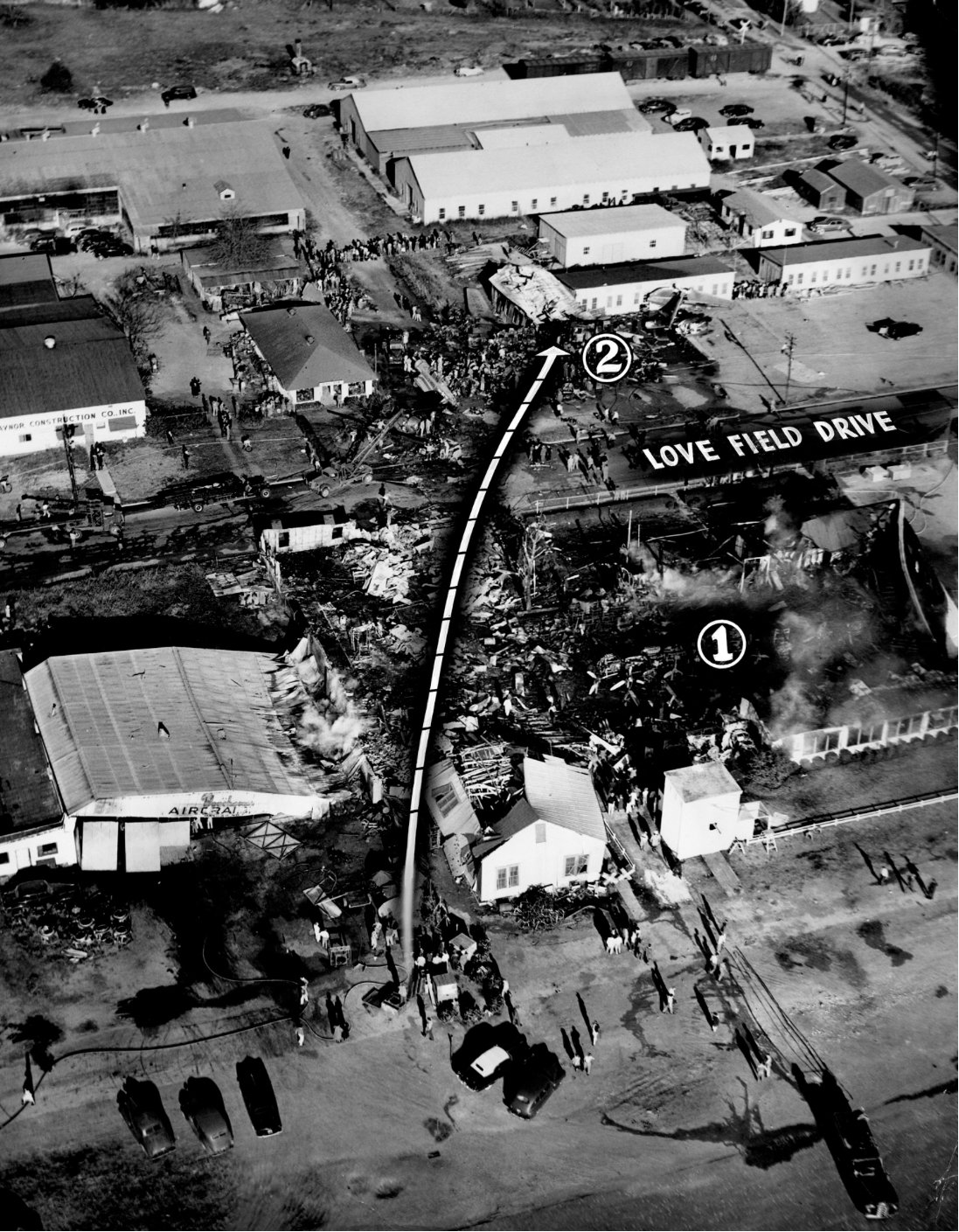Long and Harman Timeline
LONG AND HARMAN AIRLINES, INC. TIMELINE
1934 to 1935
1934 to 1935
1934
Long and Harman, Inc., was founded as a flight school by William F. (Bill) Long, a former Army artillery officer in World War 1, who had been a longtime operator of aviation entities at Dallas Love Field including the first maintenance facility at the airport, which opened in the early 1920s. Major Long’s facility had served the famed aviator Charles A. Lindbergh in 1925, two years before Lindbergh gained global notoriety when he cross the Atlantic alone in a single-engine aircraft.
Major Long also founded Dallas Aviation School and in 1939, he founded Essair, which eventually became Pioneer Airlines that later merged with Continental Airlines in 1955. In 1940, he founded the #1 British Flying Training School in Terrell, Texas, which was tasked with training British pilots for the World War 2 effort.
Essair was the first airline certified to fly by the new Civil Aeronautics Board to operate as a local service carrier. Harding L. Lawrence, who in 1965 became president of Braniff Airways, started his career with Major Long in 1940 as a flight instructor at Dallas Aviation School and then as a Link Trainer instructor and later manager of the Maintenance Department at the RAF #1 British Flying Training School in Terrell, beginning in 1942. In 1946, Lawrence joined Essair/Pioneer and was eventually elevated to Executive Vice President of Continental Airlines
June 1, 1934
Long and Harman, Inc., Air Lines or L&H, begins operations by flying Airmail Route AM15, which operated within the state of Texas with two Ford 5-AT-C Trimotor airliners, which were purchased from United Air Lines.
Long and Harman flew daily round trips over Airmail Route AM15 carrying airmail, air express and passengers over 1125 route miles from:
Dallas to Ft. Worth to Waco to Austin to San Antonio to Corpus Christi to Brownsville and return
Dallas to Ft. Worth to Waco to Houston to Galveston and return
Dallas to Ft. Worth to Wichita Falls to Amarillo and return
The company’s first slogan was “Fly with the Air Mail”
November 27, 1934
Braniff Airways, Incorporated, moves its maintenance facility from Oklahoma City to Dallas Love Field in anticipation of Braniff’s merger with Long and Harman Air Lines. Braniff leases a large hangar at the west end of Love Field Drive that was originally used by United Air Lines, Inc., when it was flying the Airmail Route AM9 between Dallas and Chicago
December 28, 1934
Long and Harman announces that the company has been purchased by Braniff Airways, Incorporated.
Photo: The spartan interior of the Long and Harman Ford Trimotor was considered luxurious for the times. Copyright, The Henry Ford Museum
January 1, 1934
Long and Harman Air Lines, Inc., is purchased by Oklahoma City-based Braniff Airways, Incorporated, with Braniff as the surviving entity. The merger gives Long and Harman’s Airmail Route AM15 to Braniff enabling the southward expansion to Waco, Austin, San Antonio, Houston, Corpus Christi and Brownsville, all in Texas, and then northwest from Dallas to Amarillo, Texas.
At the time of the merger, Long and Harman’s fleet consisted of two Ford Trimotors, one Lockheed L-9 Orion and three Stinson Reliants, one Mercury Mars and one Travel Air A6000A airliner. Braniff sold most of Long and Harman’s fleet relatively quickly but retained one of the Stinson Reliant aircraft for instrument pilot training.
Long and Harman, Inc., Flight School was not purchased by Braniff Airways and continued in operation under the director of Major Long. The intellectual property and other company assets are currently owned by the private Texas Trust that owns Braniff Airways
November 29, 1949
An American Airlines Douglas DC-6 four-engine airliner registered as N90728 crashes into the Long and Harman facilities on Love Field Drive owned by Major Long. Long and Harman Air Lines’ historical records were destroyed in the resulting post-crash fire that should have been transferred to Braniff Airways at the time of the merger in January 1935









